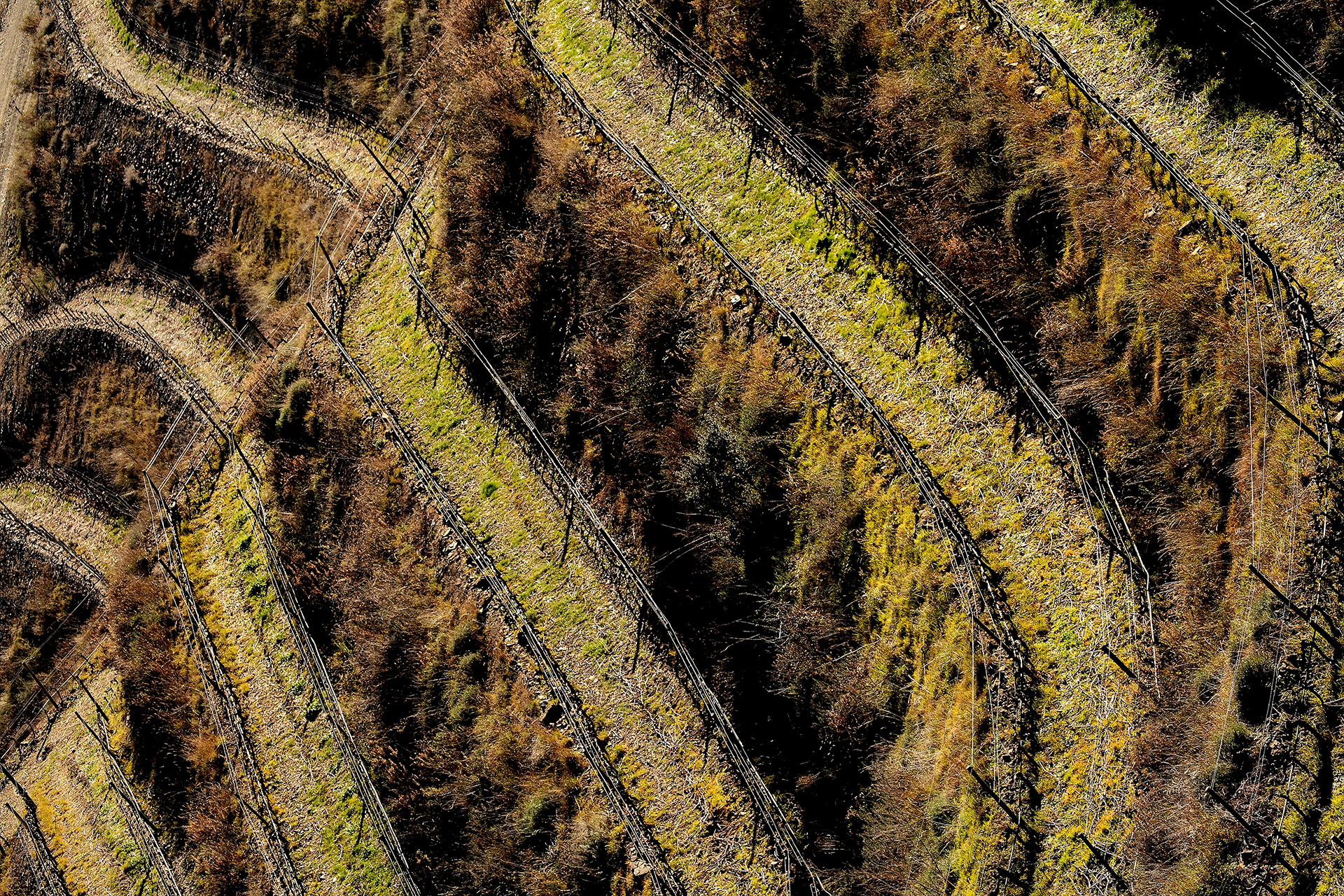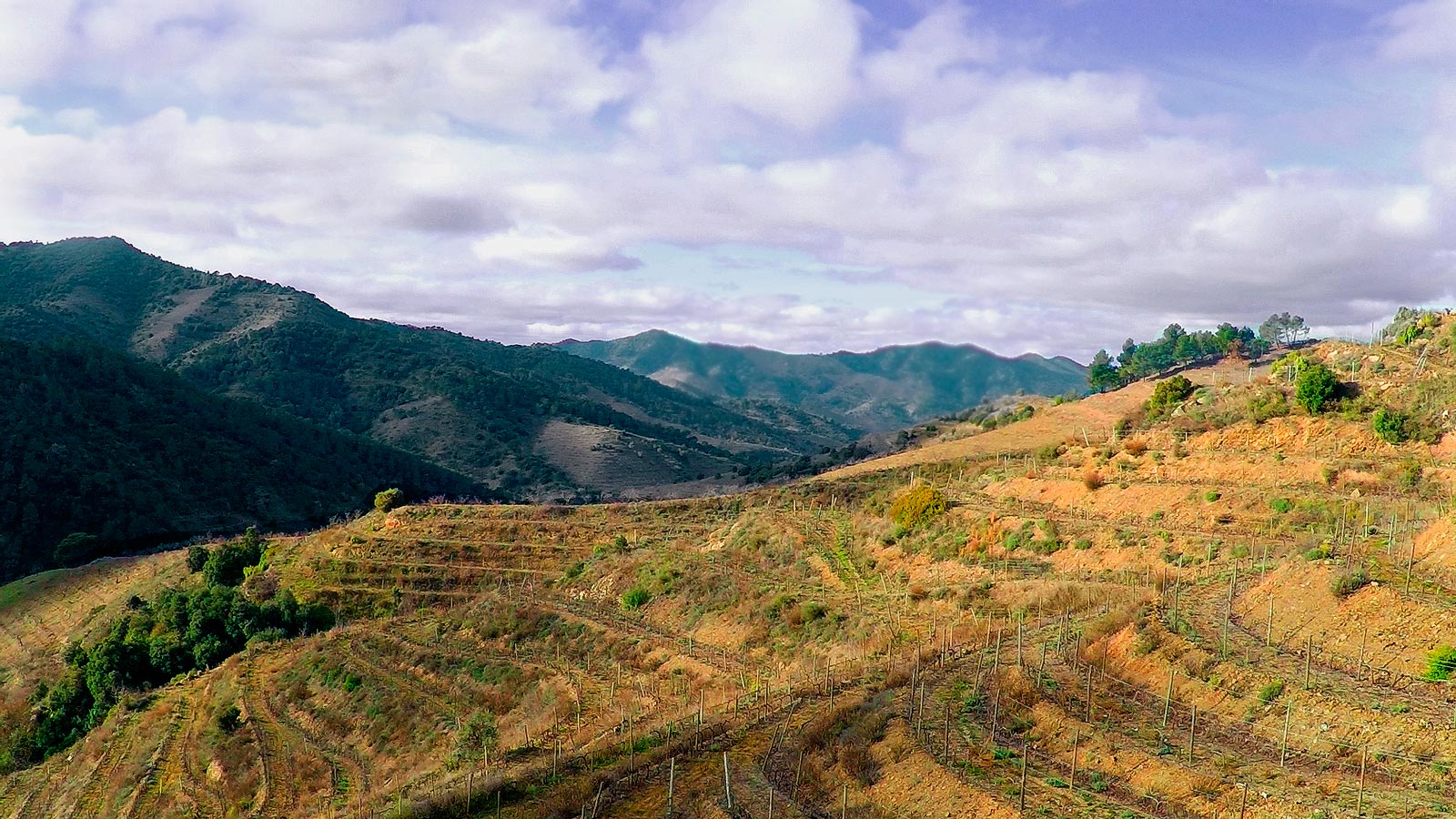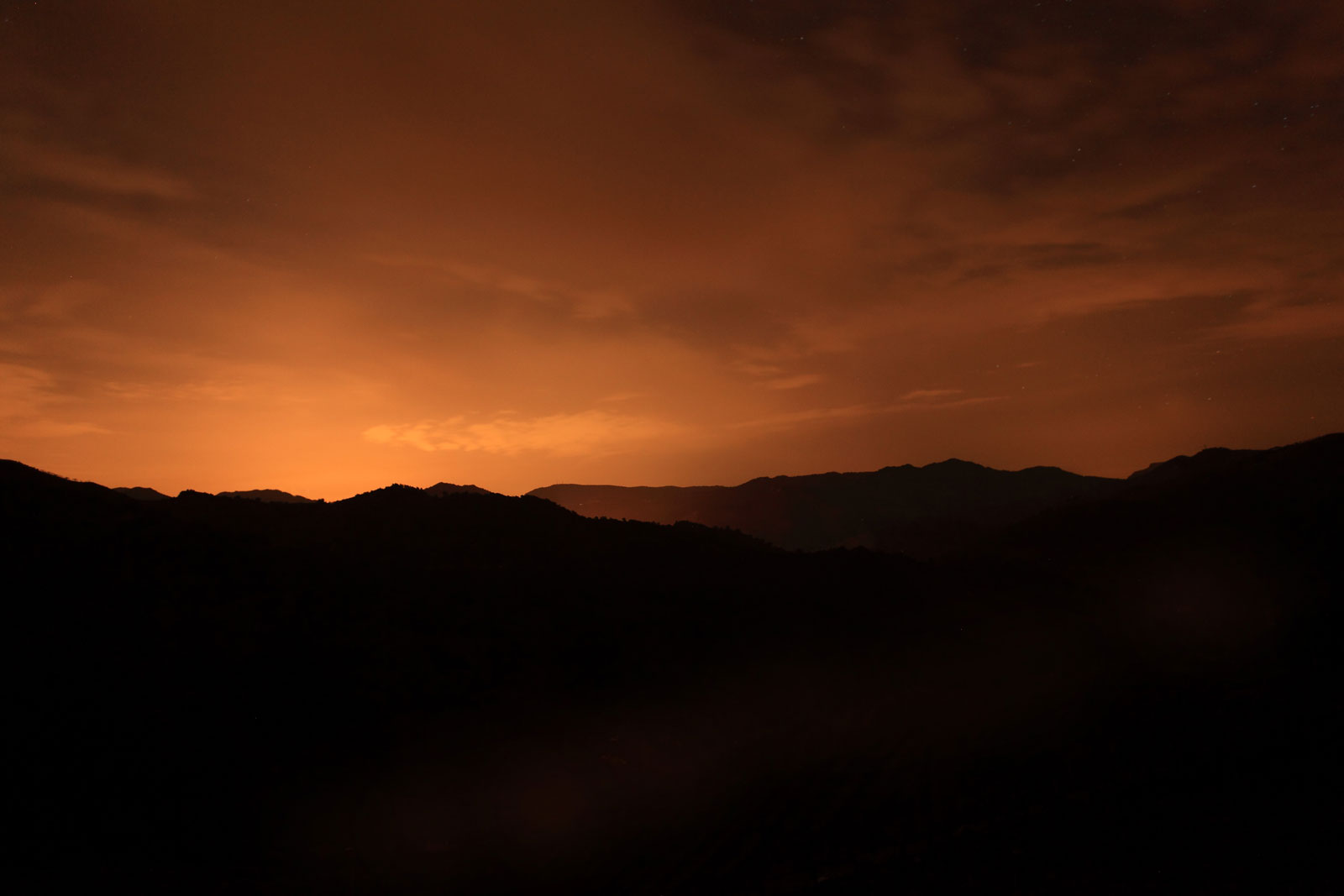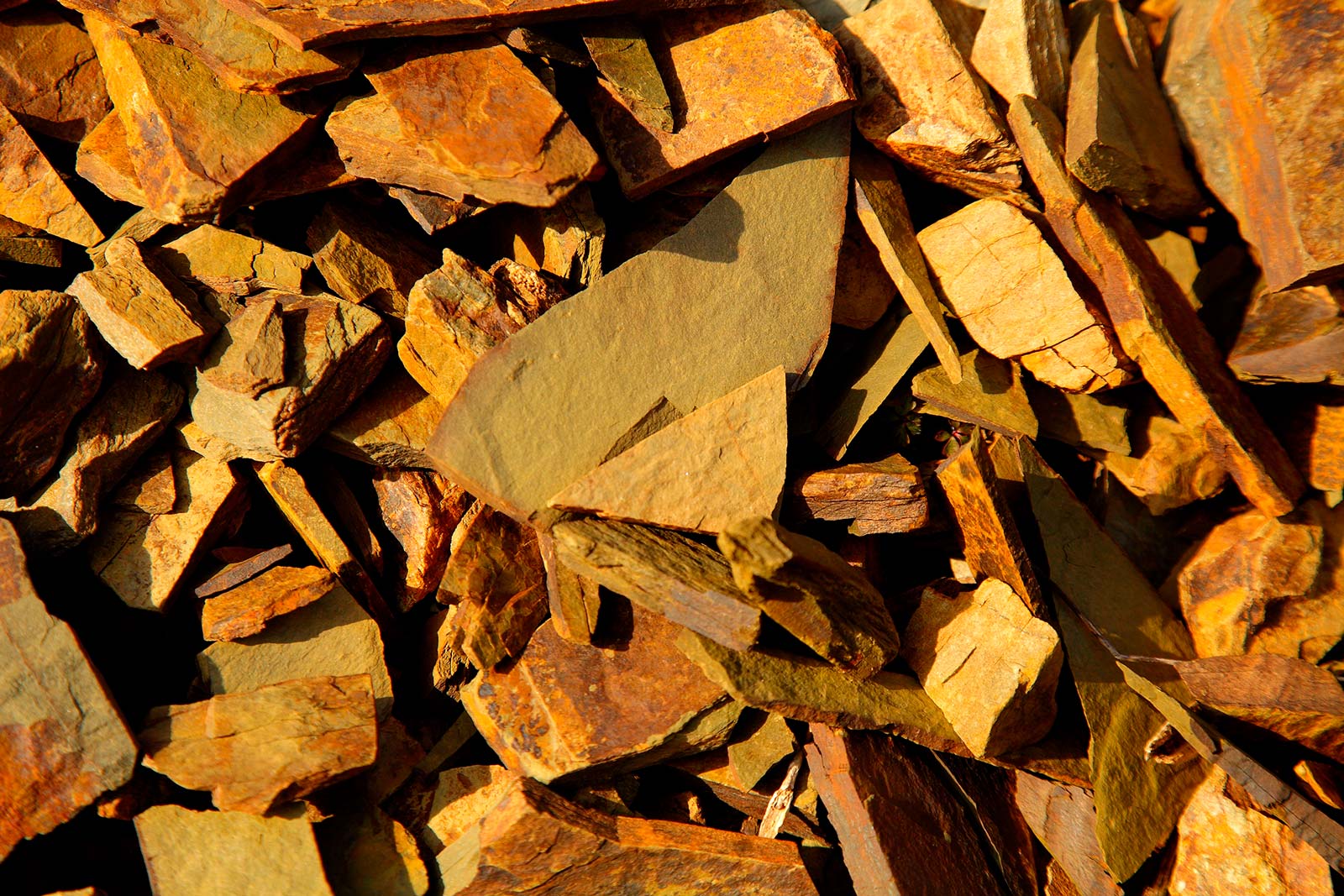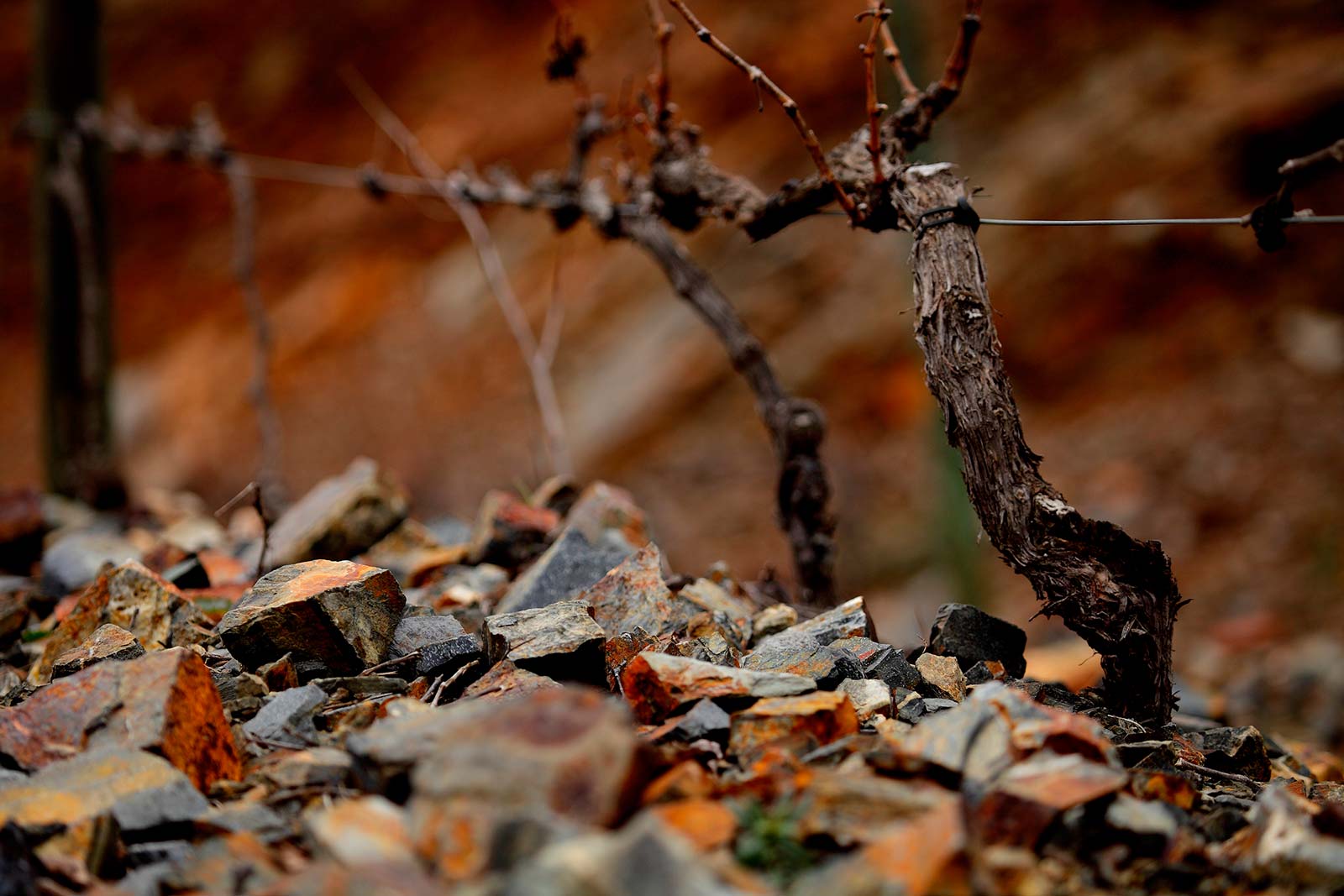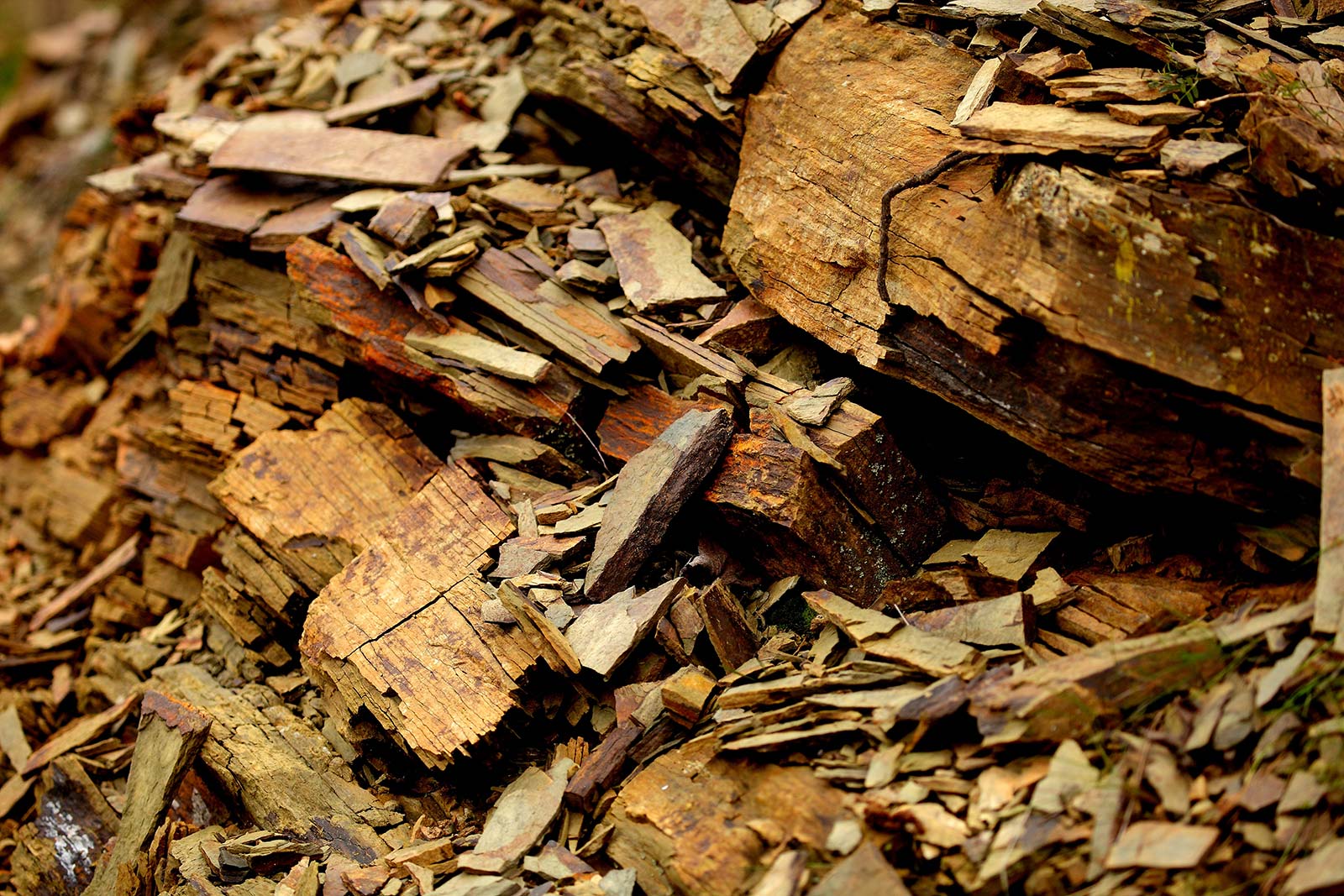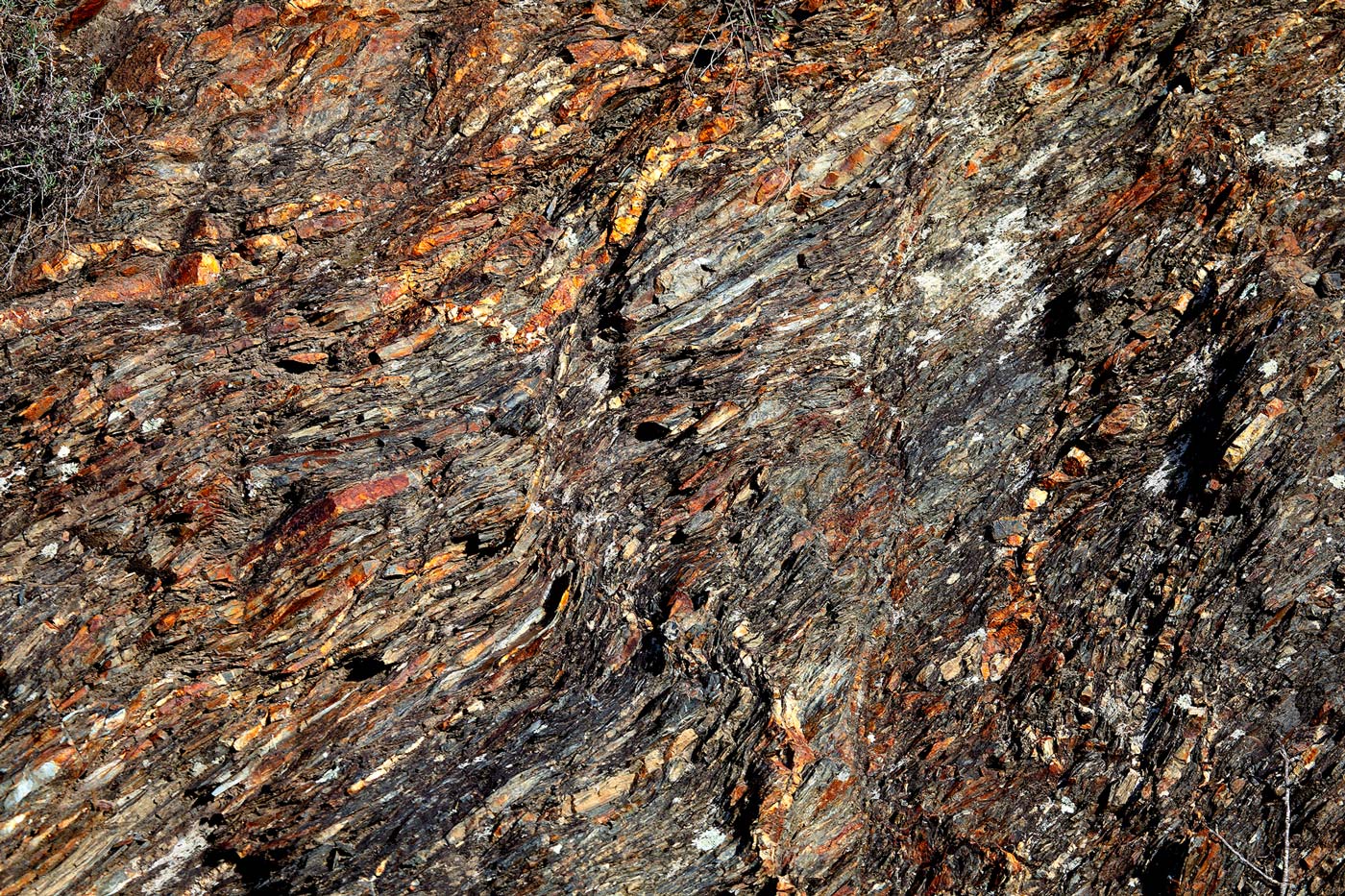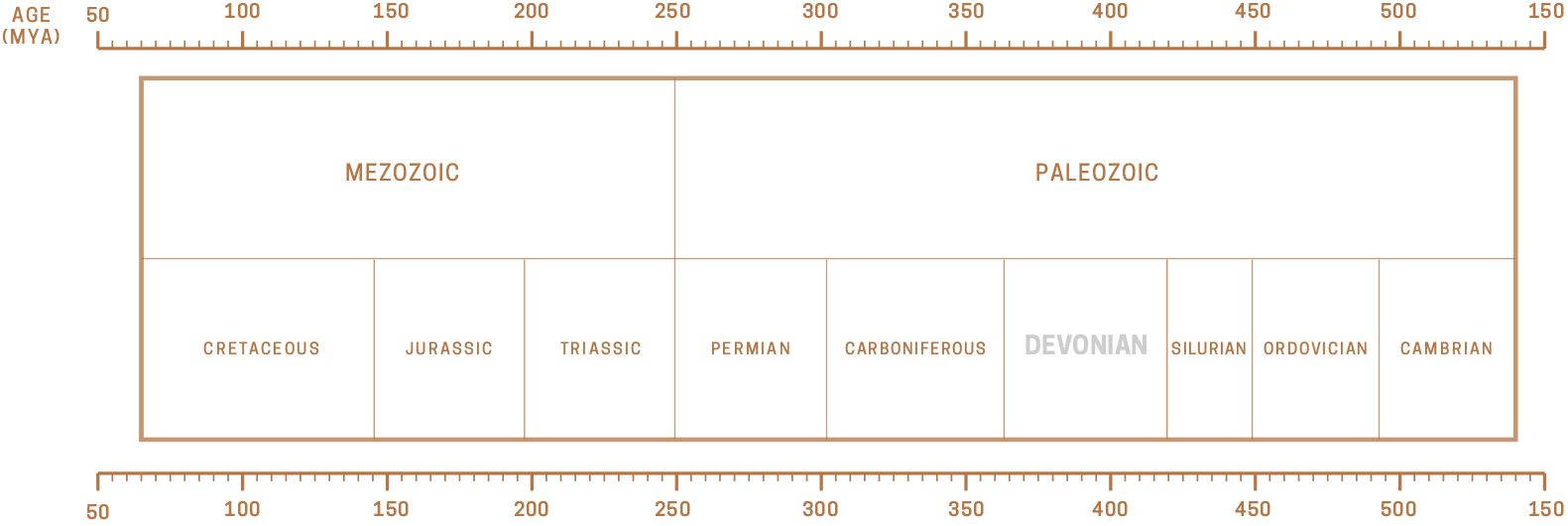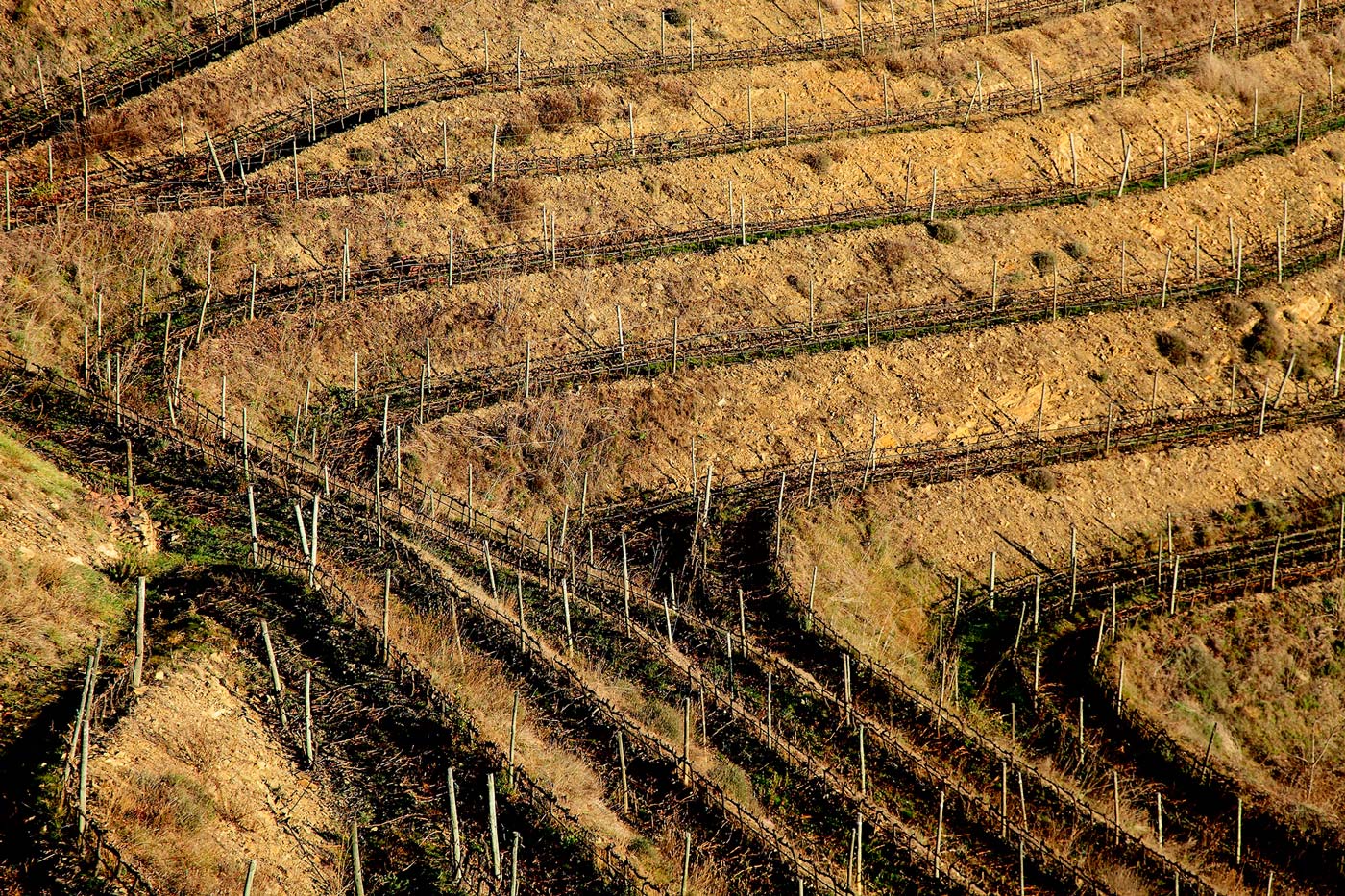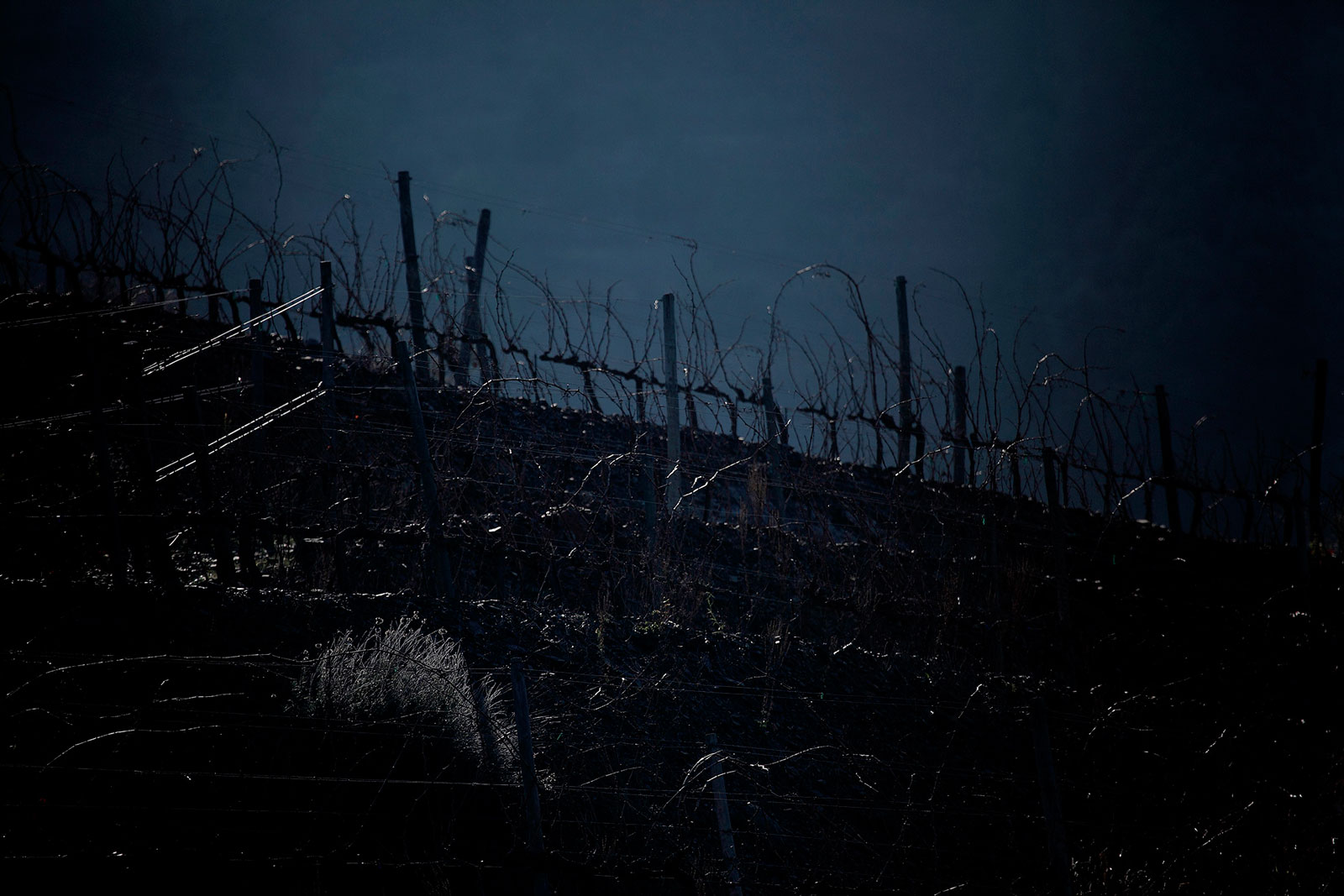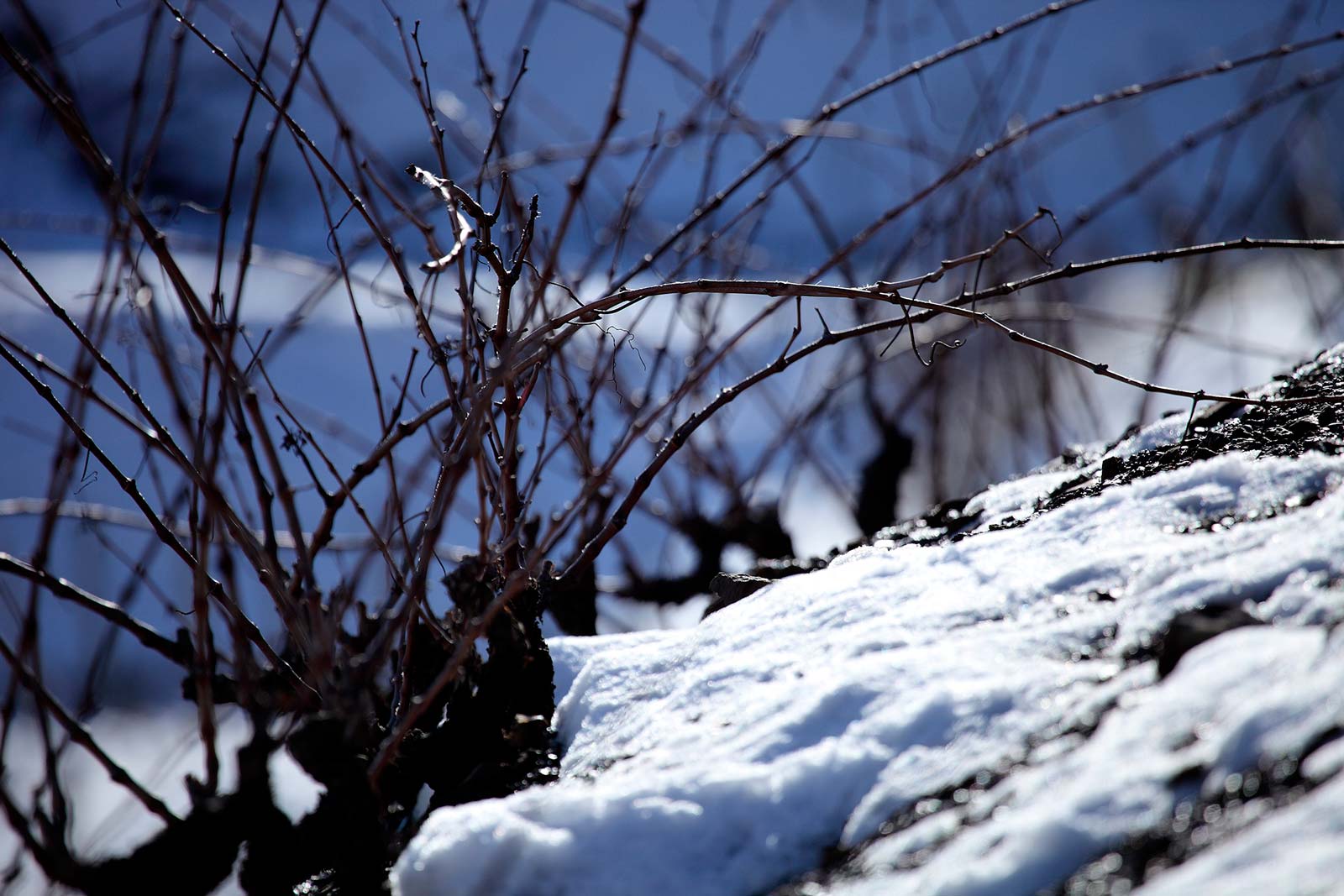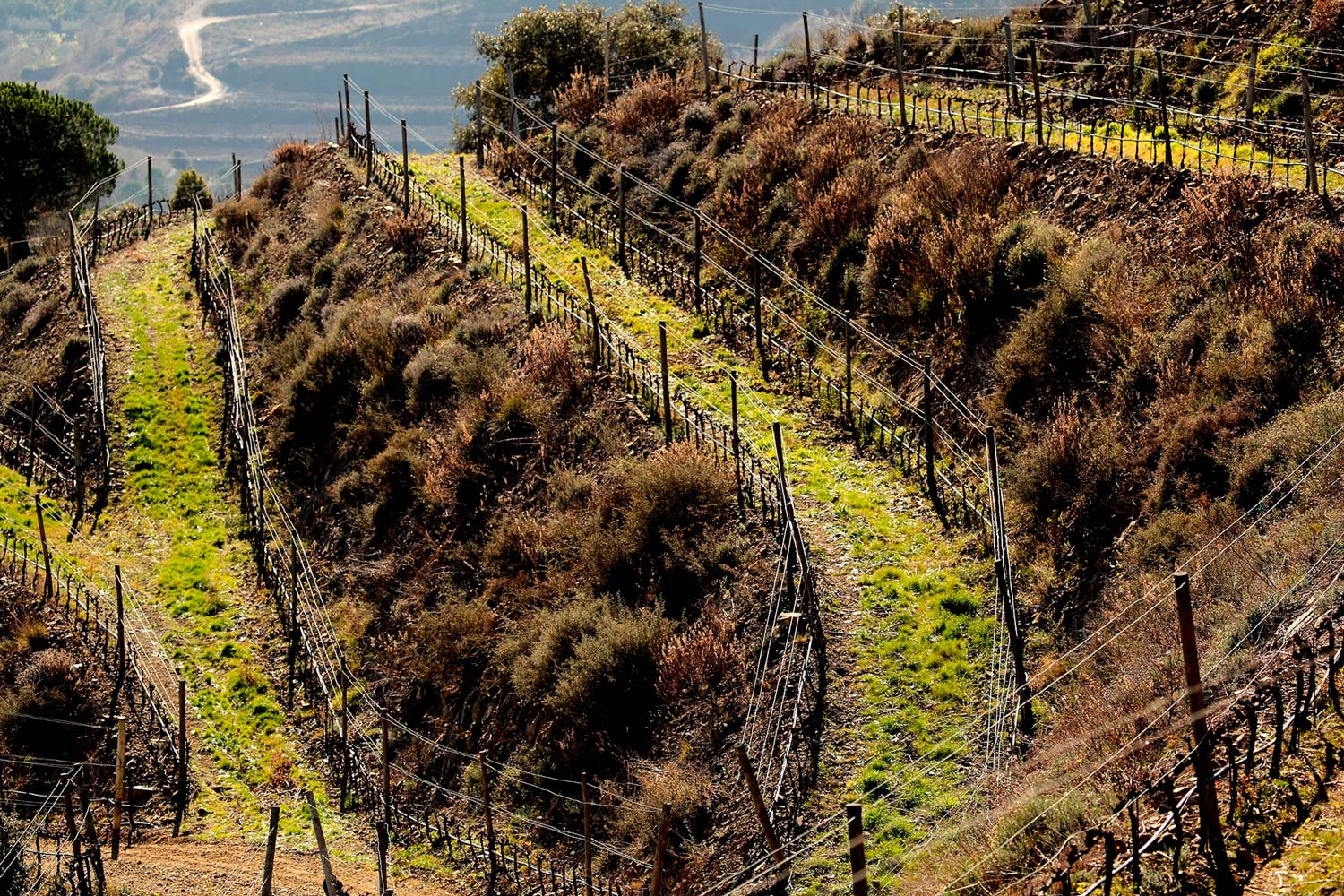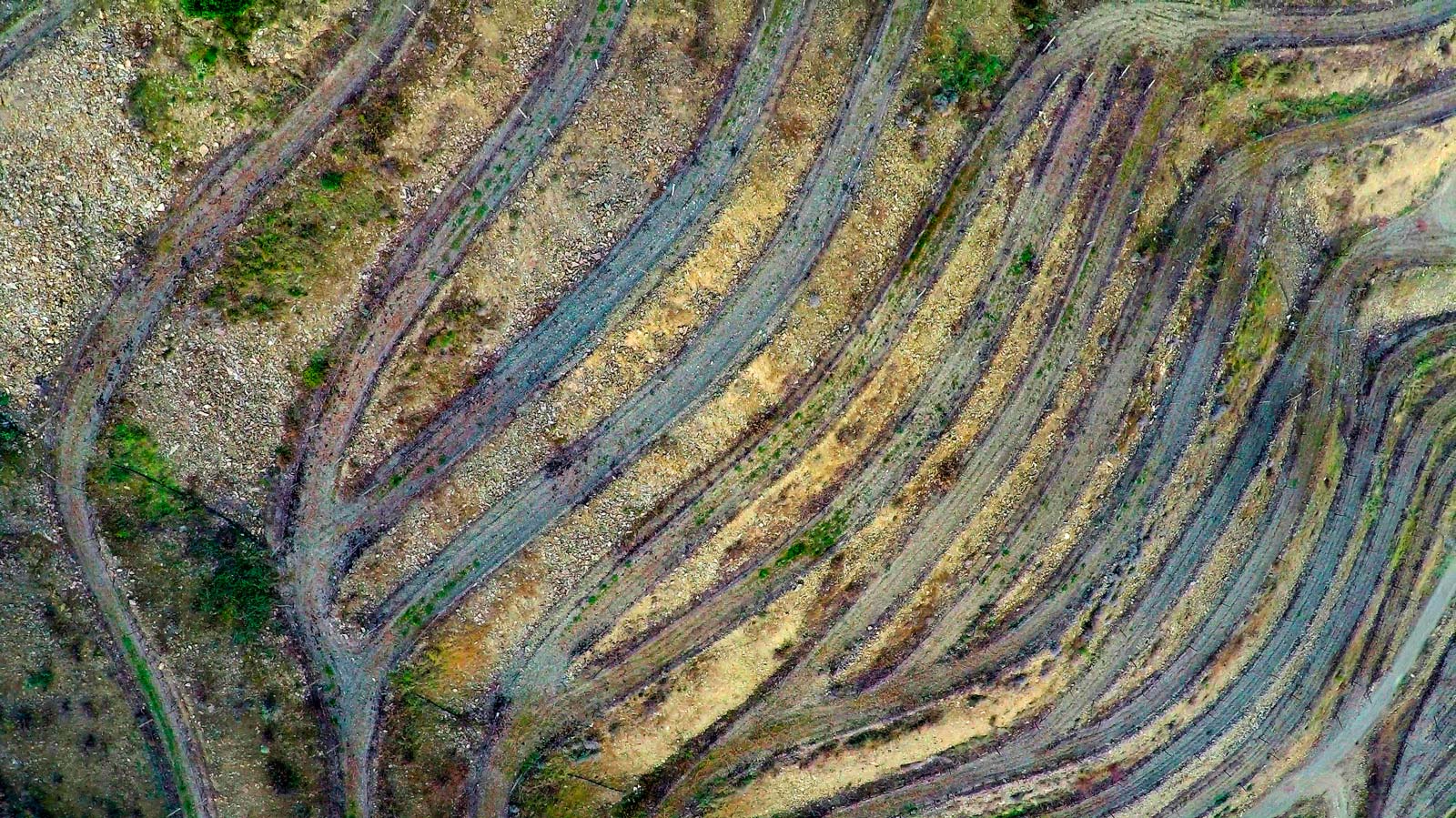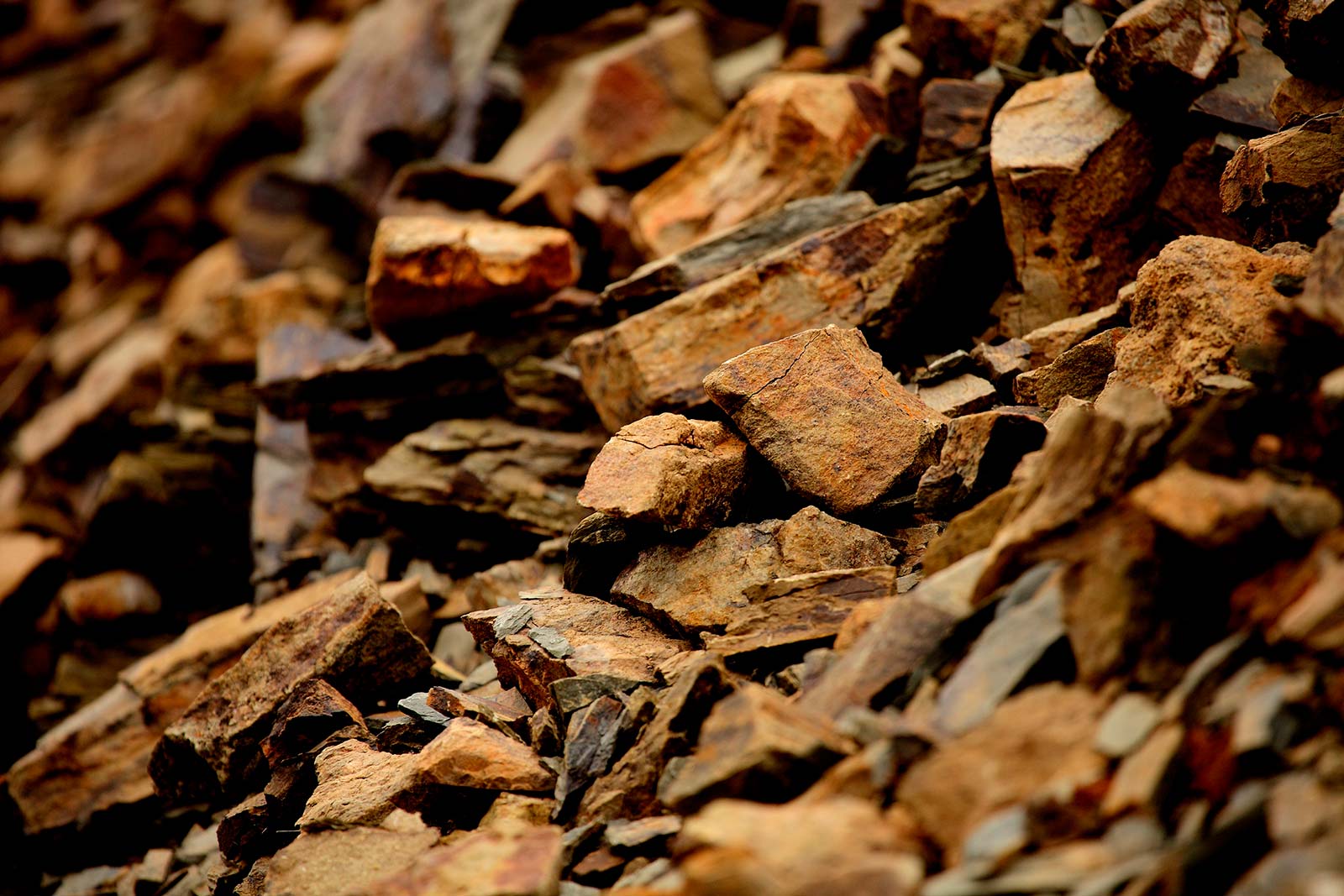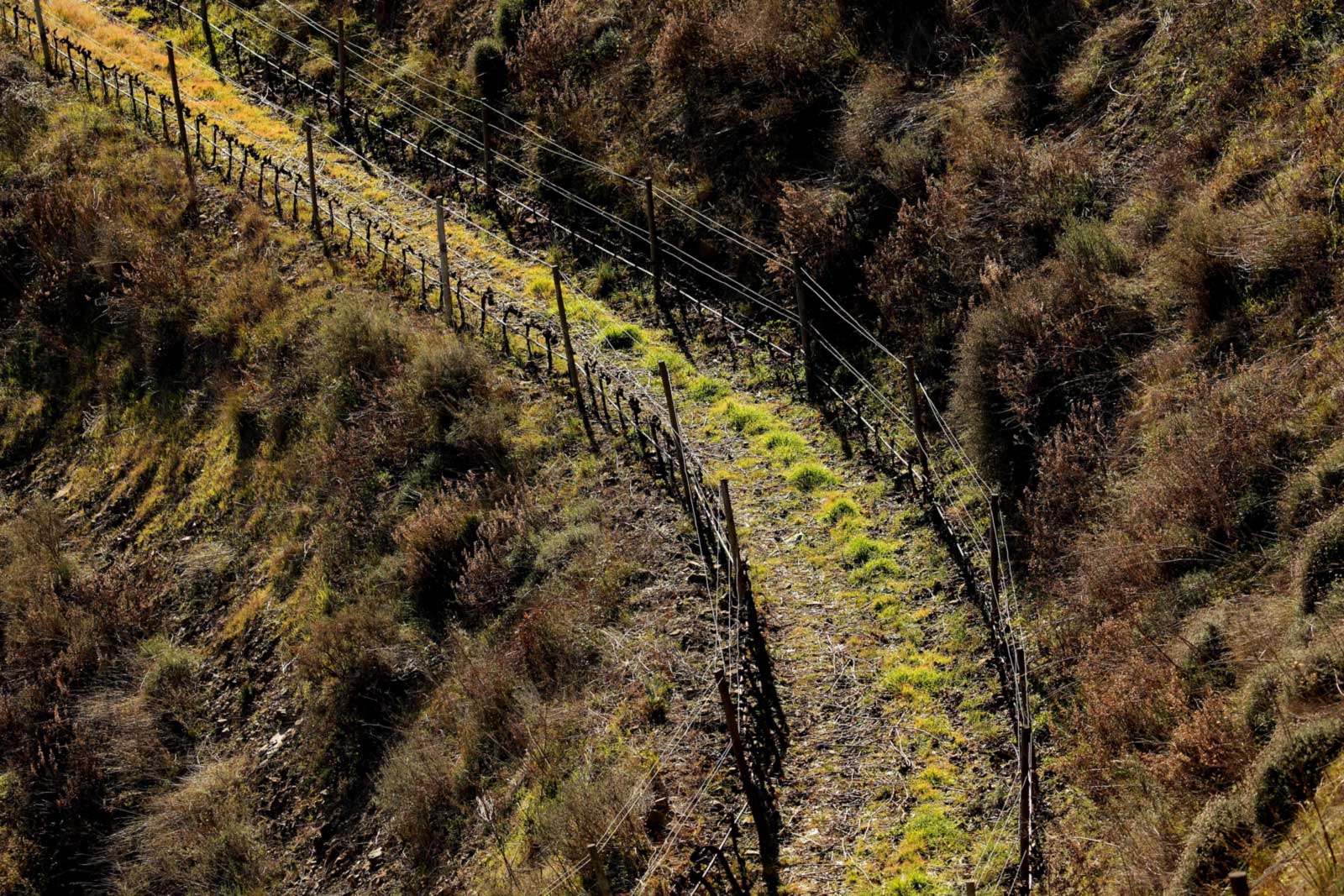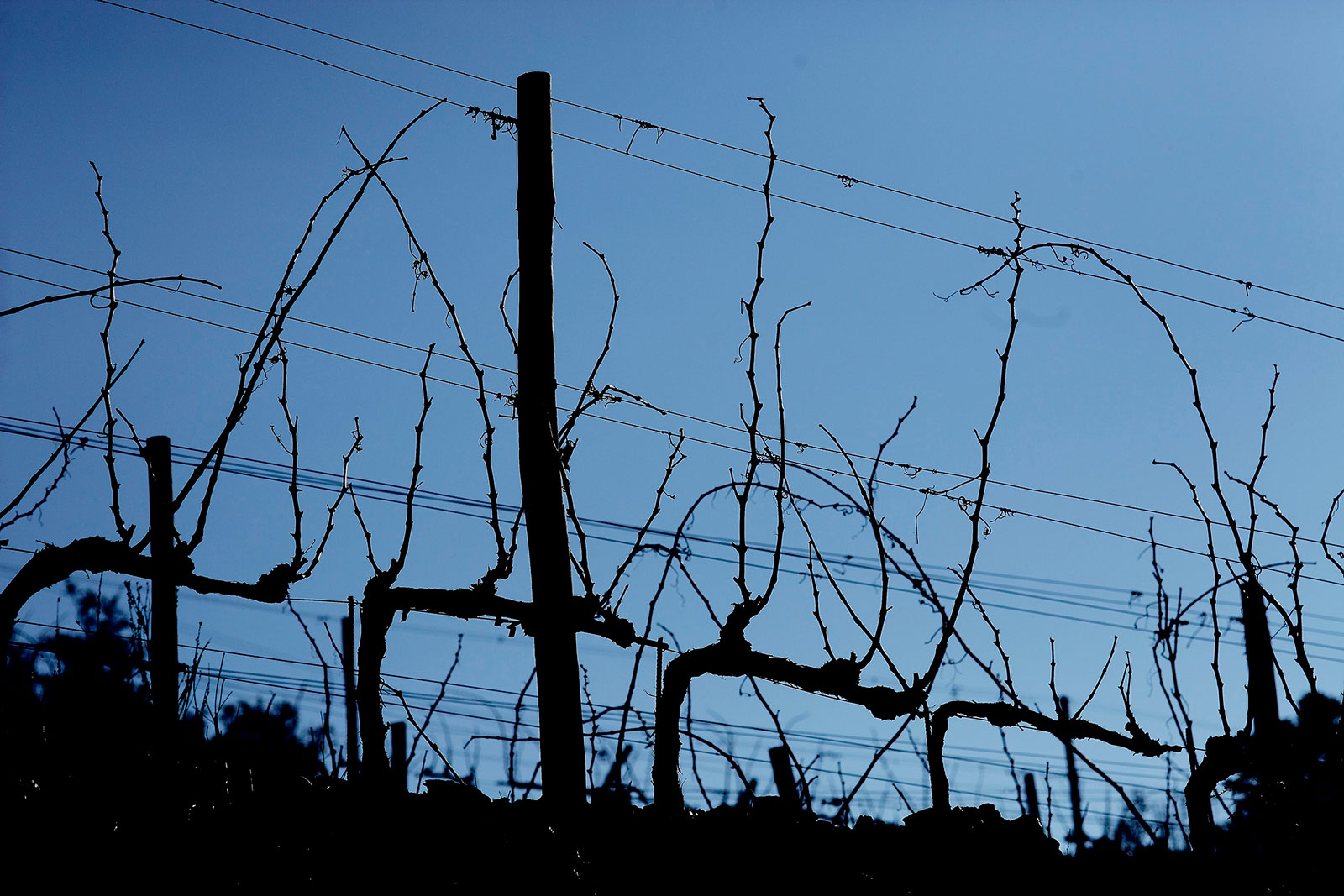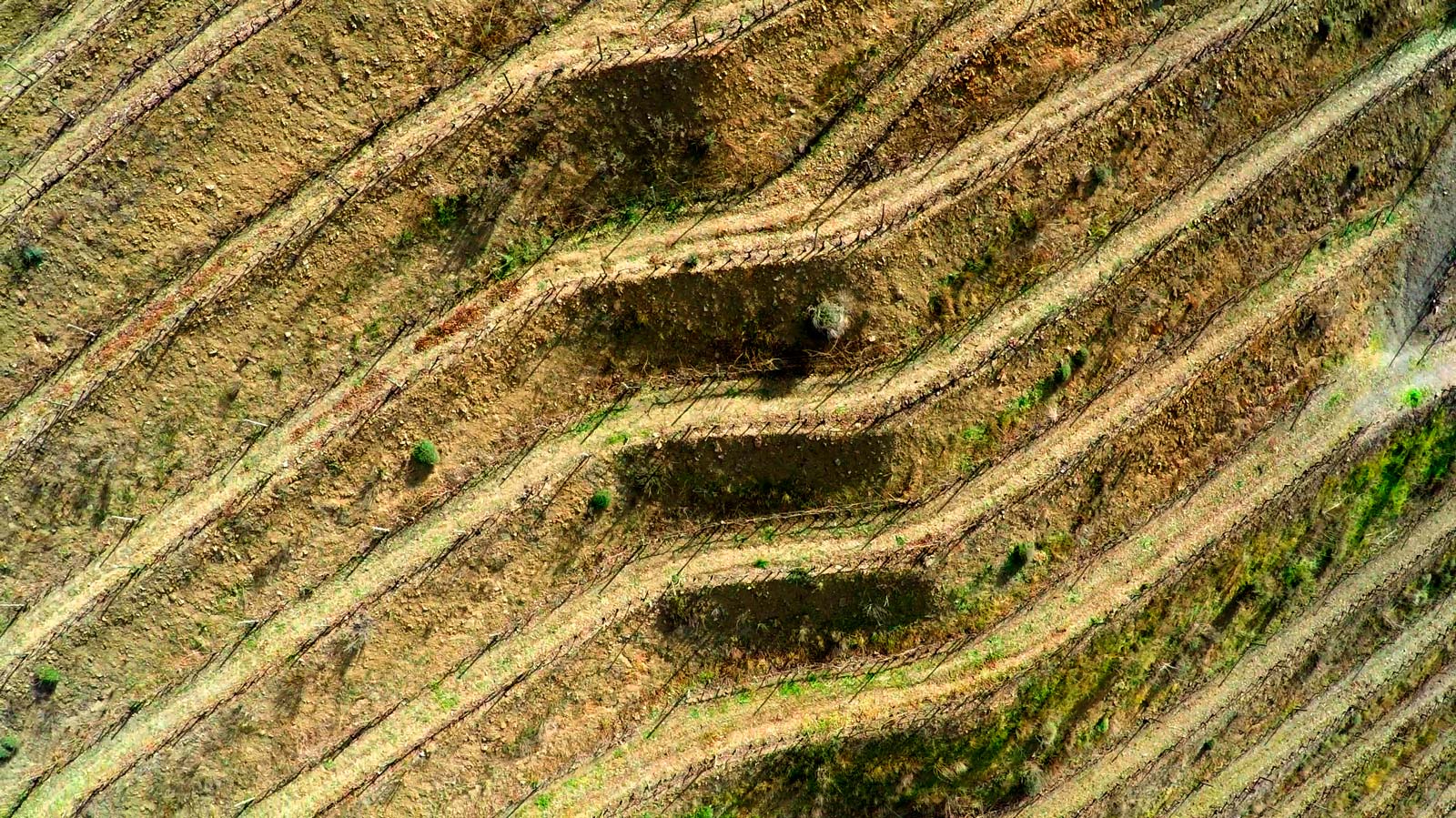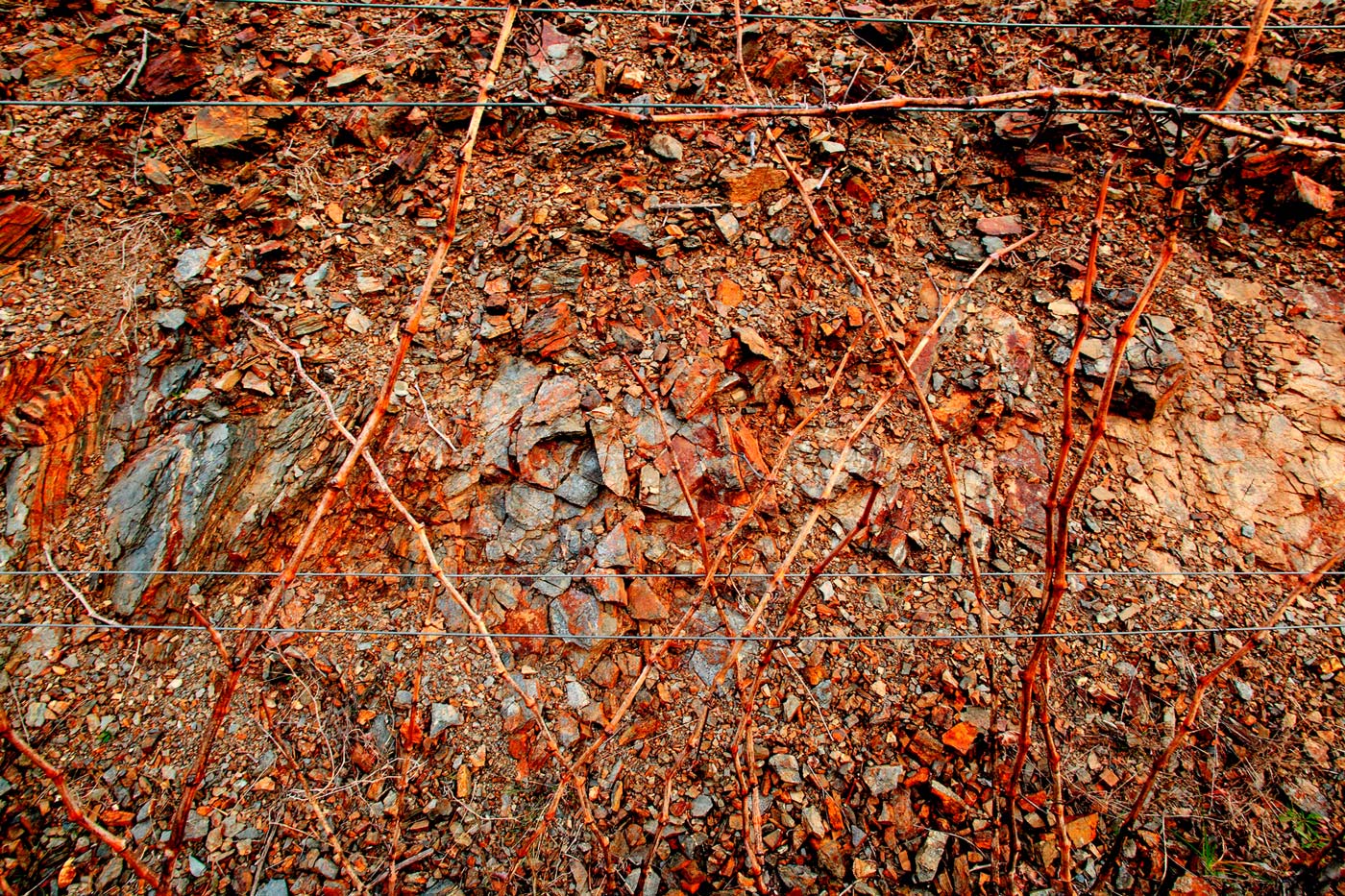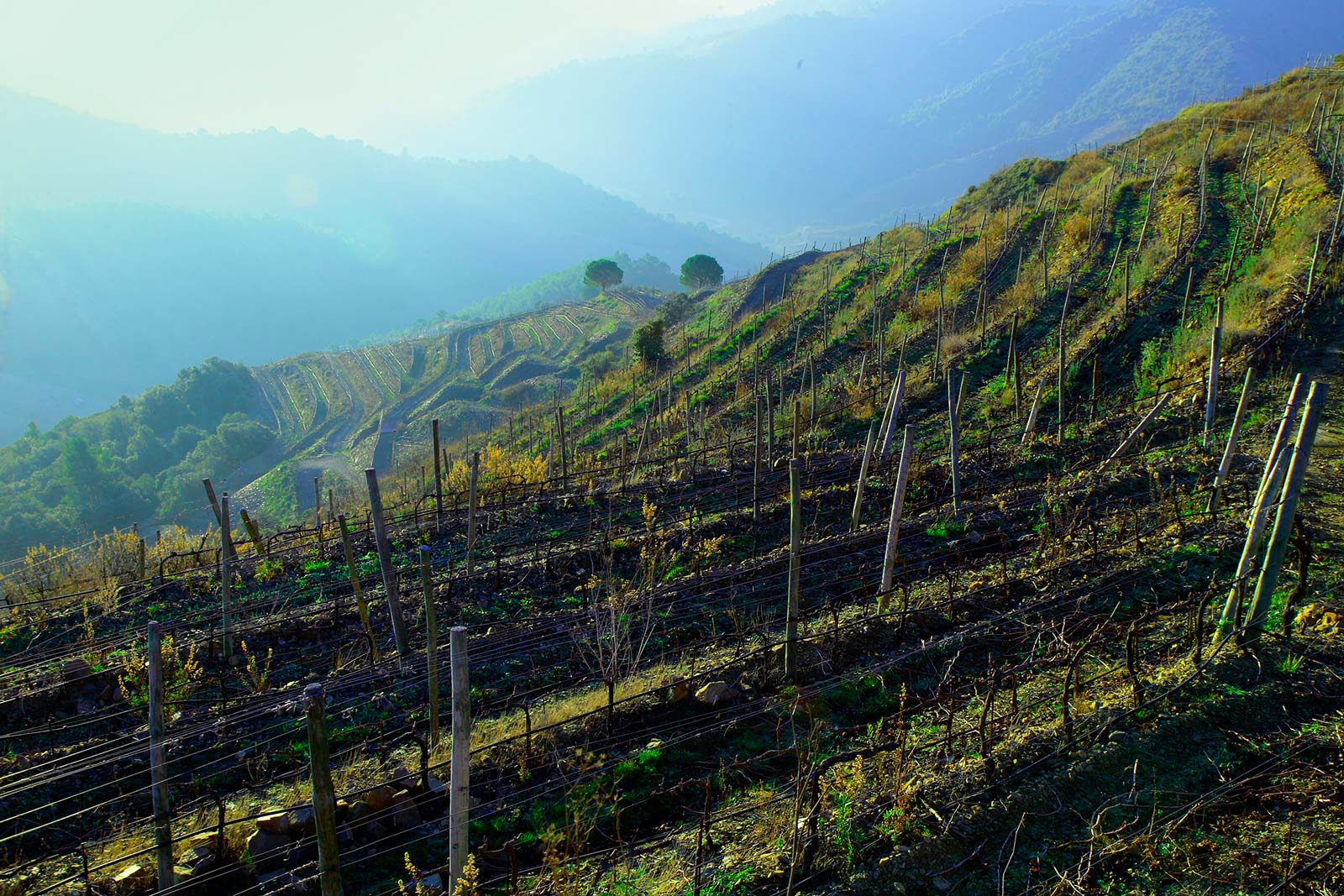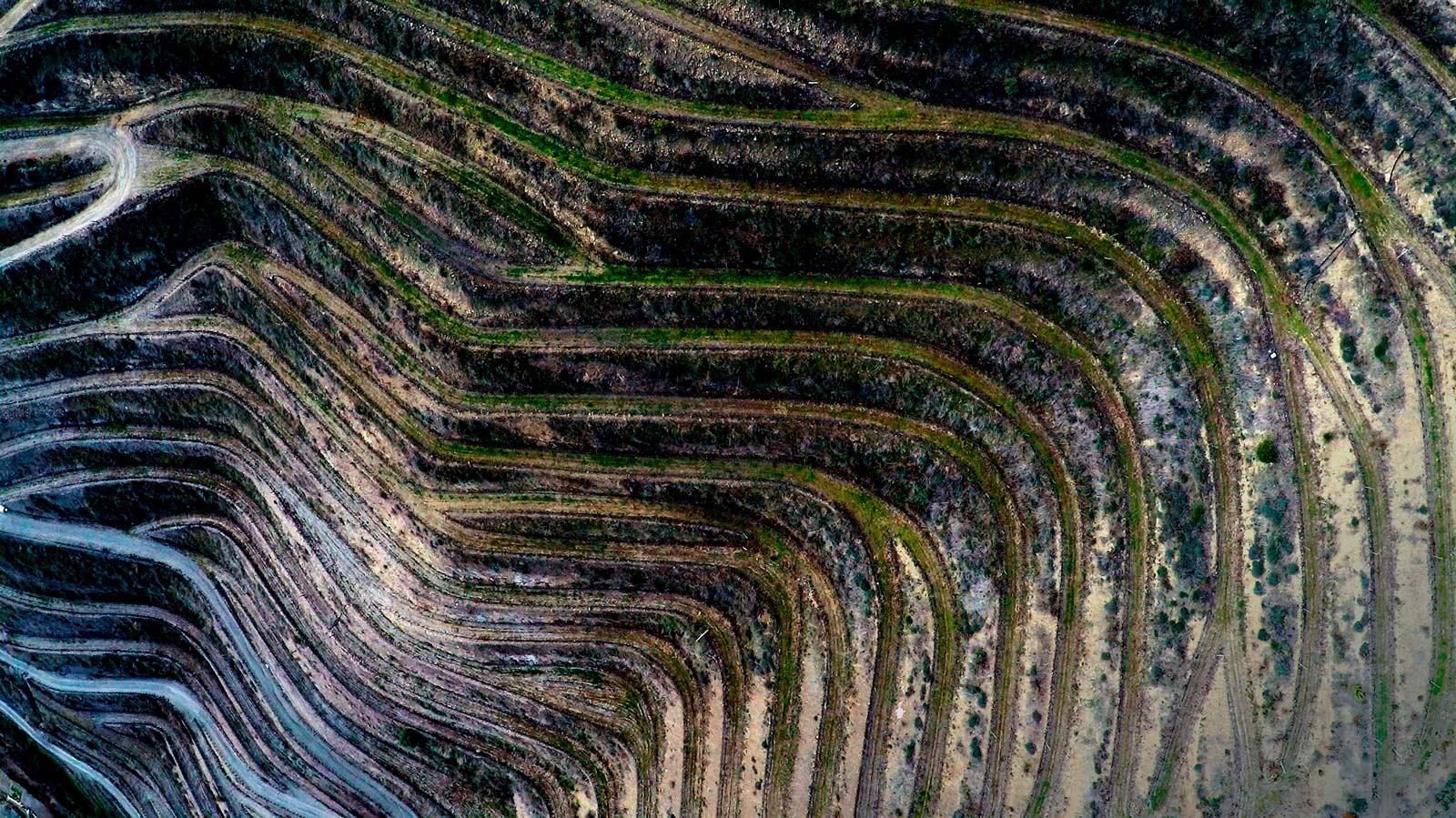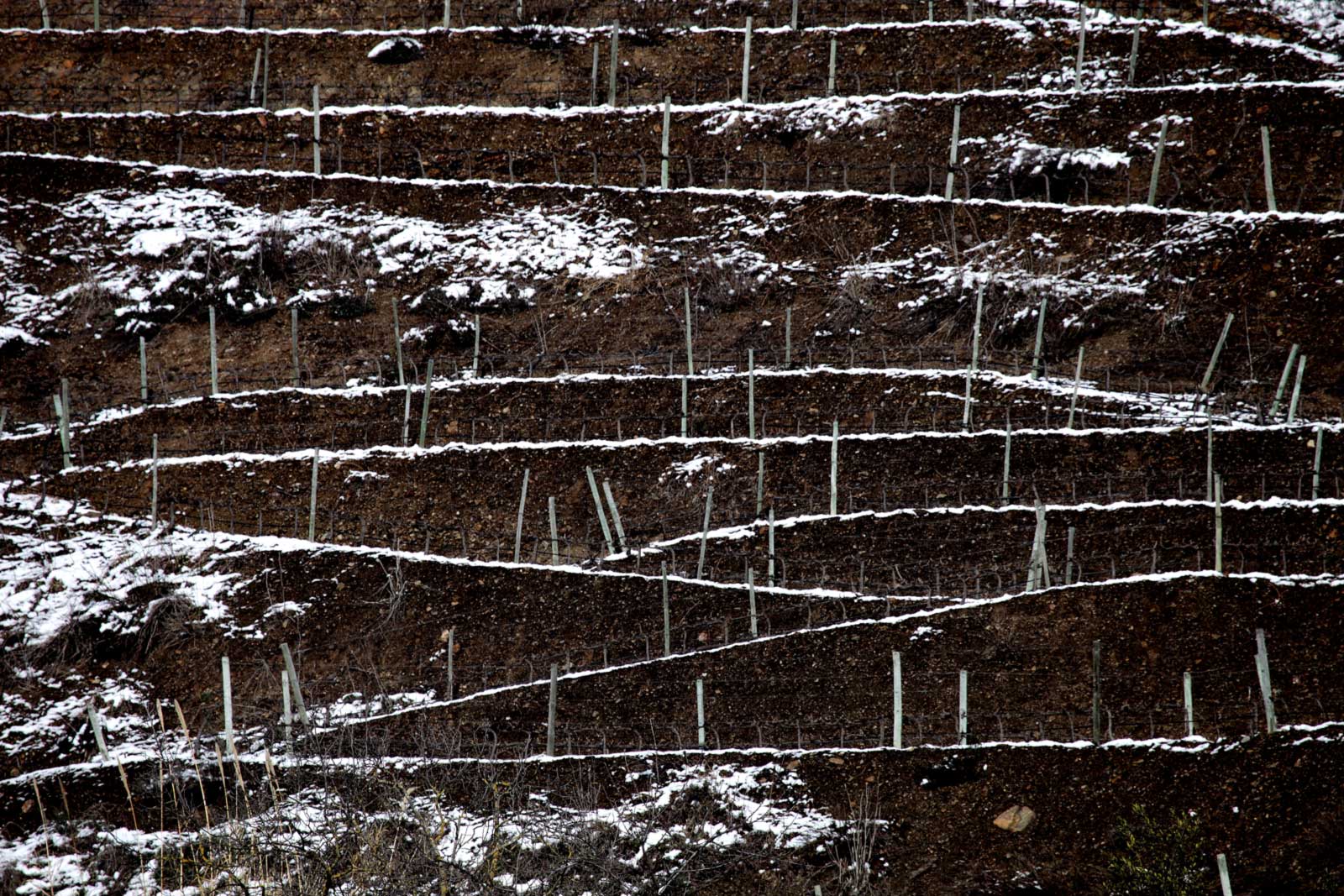Technical sheets
General data, analytical data and data viticultural of our wines.
Mervm Priorati
- Address
- Carretera a Falset (T-740) Km 9,3
43739 Porrera - Contact
- Tel. +34977828307
Fax +34977828324
info@merumpriorati.com
- 2015 © Mervm Priorati
- Site by DOMO-A
Terroir
Our wines’ huge personality comes from the terroir.
The terroir is the sum of the characteristics that the soil, subsoil, terrain, altitude, orientation, climate, and surroundings impart to the vine. It also includes the culture, ways of working, and the spirit of the men and women who have worked the land over time.
Our land is shaped by a set of extreme conditions that yield truly exceptional fruit. When tackled with heroic viticulture, the result is the miraculous Merum Priorati.
-
Terrain
Terrain
TheMerum Priorati estate is shaped by a broken range of mountains, with a series of hills separated by very steep slopes.
The rugged terrain is made up of rough, craggy ground. Each and every vine clings to this harsh, extreme landscape to survive.
On the Merum Priorati estate, the highest vineyards are battered by the wind; the few vines growing along the bottom of the valley have to survive the frost and mist; and most vines have to cling to the steep, rocky ridges on the hillside.
This terrain means no two rows in our vineyards are the same: every vine needs personalized care and attention.
![]()
-
![]()
-
![]()
-
![]()
-
![]()
-
Earth
Earth
The Merum Priorati vineyards are planted on a slate bed on the rocky hillsides of Porrera.
Slate is the main geological formation in Porrera, known locally as llicorella or llacorella.
Llicorella makes for rocky soil, poor in organic matter and with a low water-holding capacity. As a result, the plants suffer tremendously: they grow far less than the average and yield very little fruit. However, they produce truly exceptional grapes and the wines made from them are voluminous and highly expressive.
Merum Priorati has various kinds of llicorella from different geological periods, including a rough llicorella created from compacted sand during the Carboniferous period, and a highly laminated, crumbly llicorella that is only found in a few areas of Porrera. This second kind is made up of dark slate formed from compacted lakebeds during the Devonian period– hence its alternative name, llacorella, from the Catalan llac ‘lake.’
This slate is responsible for the fine, fresh, elegant wines in our collection.
![]()
-
![]()
-
![]()
-
![]()
-
Climate
Climate
The Priorat has a harsh terrain and extreme weather.
This county has a continental climate alongside the prevailing Mediterranean one.
The mountain ranges surrounding the southeast of the county act as a barrier to the warm, damp air coming in off the sea, just over 20 km away as the crow flies. And the Montsant massif, to the northwest, blocks the cold northerly winds and smoothes out the harsh edges to the continental climate in the west of Catalonia. This mountainous barrier also means that there is very little rain over the course of a year: the average annual rainfall is 500 l/m2.
Porrera has long, dry, hot summers with daytime temperatures that can reach 40 ºC (104 ºF). At night, however, temperatures drop dramatically to as low as 12 ºC (54 ºF), which is the average winter temperature.
Winters in the Priorat are short, dry and cold, and daytime and nighttime temperatures can vary significantly. Spring and fall, however, are wetter months with milder temperatures, although the wind can often pick up and bring raging storms.
This large variation in temperature makes the fruit ripen slowly, optimizes the tannins and concentrates all the aromatic potential in the berries.
However, each estate, each parcel, and even each row of vines has its own microclimate determined by its altitude, orientation, terrain, and surroundings.
Merum Priorati makes the most of its range of microclimates to bring the personality and complexity of its wines to the fore.
![]()
-
![]()
-
![]()
Les Finques
Merum Priorati is one of the major winegrowing estates in the Priorat.
Quantitatively, it is one of the largest: it currently occupies 103 ha, 29 ha of which are given over to growing vines.
Qualitatively, Merum Priorati boasts a remarkably rich diversity. It has three estates: Les Foreses, Plana Marjot and Les Escomelles.
-
Les Escomelles
Les Escomelles
The grapes from Les Escomelles produce opulent wines that are round in the mouth, complex in aromas and smooth on the palate.
![]()
-
![]()
-
![]()
-
![]()
-
![]()
